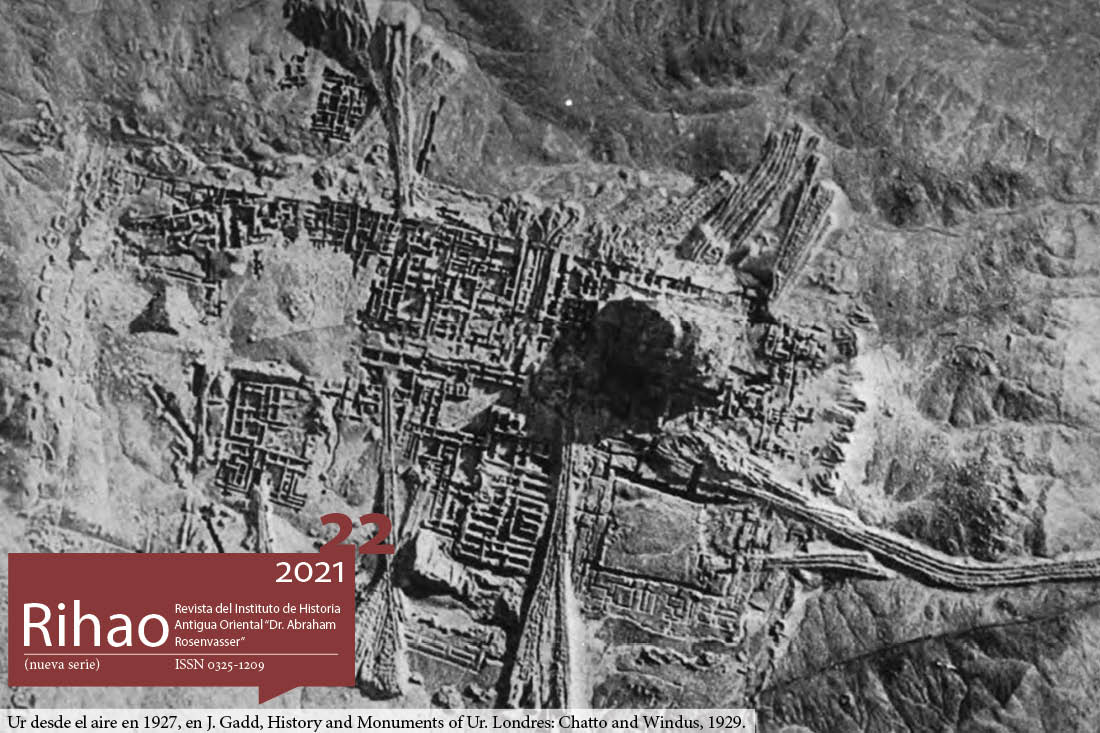City Networks in Early Imperial China (III BCE-III CE). Territorial Control and Kinship Logics
Keywords:
Early China, cities, hereditary nobles, kinship, goverment
Abstract
The fertile area of the Yellow River valley in the north of China is characterized by the early rise of urban settlements, and the rapid development of walled cities since at least the 15th century BCE. In this article we propose to study the kinship logics that underlaid the network of cities during the early imperial period, with a special emphasis on the Han dynasty (206 BCE-220 CE). We will revisit the foundation of cities in relation with the processes of territorial expansion and the consolidation of a government structure that maintained the tensions between magistrates designated by the central court to fulfill administrative duties in the provinces of the empire, on the one hand; and the hereditary nobles that were part of the imperial clan, on the other. In spite of the problems of the duplication of figures of authority in the main urban centers of the empire, it was in fact due to this dual-government structure that the networks of cities allowed for the territorial expansion and control that sustained the four centuries rule of the Han dynasty.Downloads
Download data is not yet available.
Published
2021-11-30
How to Cite
Villagrán, I., & Fini, M. (2021). City Networks in Early Imperial China (III BCE-III CE). Territorial Control and Kinship Logics. Revista Del Instituto De Historia Antigua Oriental ’Dr. Abraham Rosenvasser’, (22). https://doi.org/10.34096/rihao.n22.10920
Issue
Section
Dossier. Ciudades y urbanismo en el mundo antiguo





.jpg)








